最近的
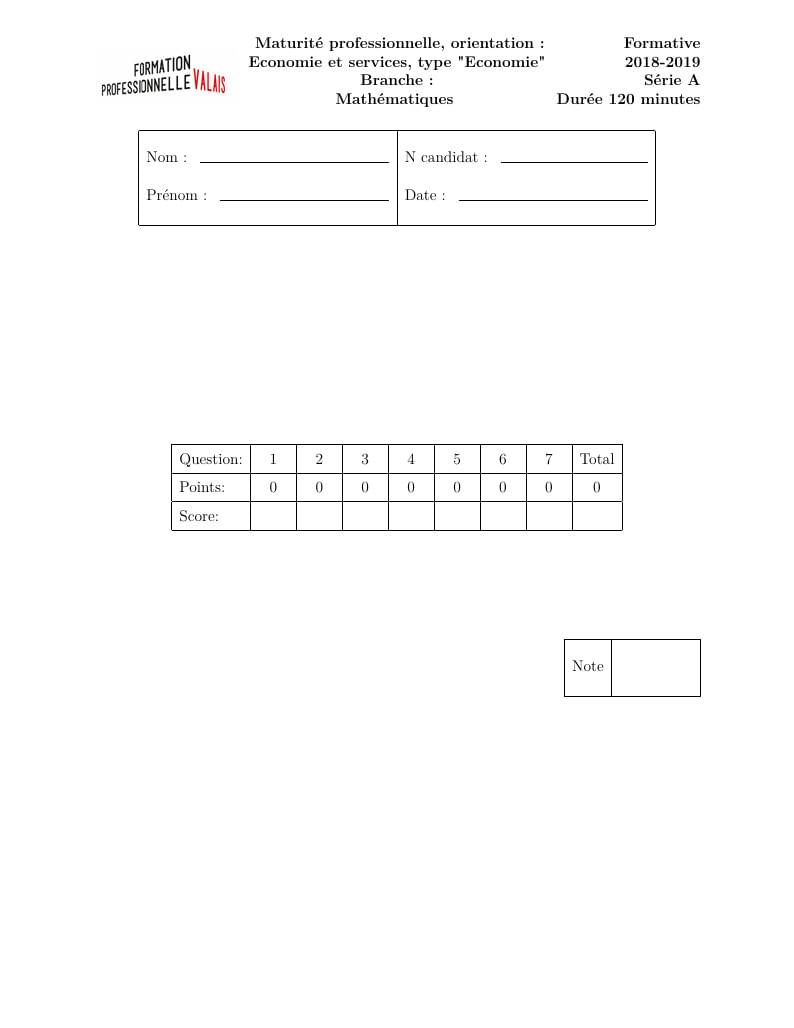
Examen type pour la maturité professionnelle commerciale
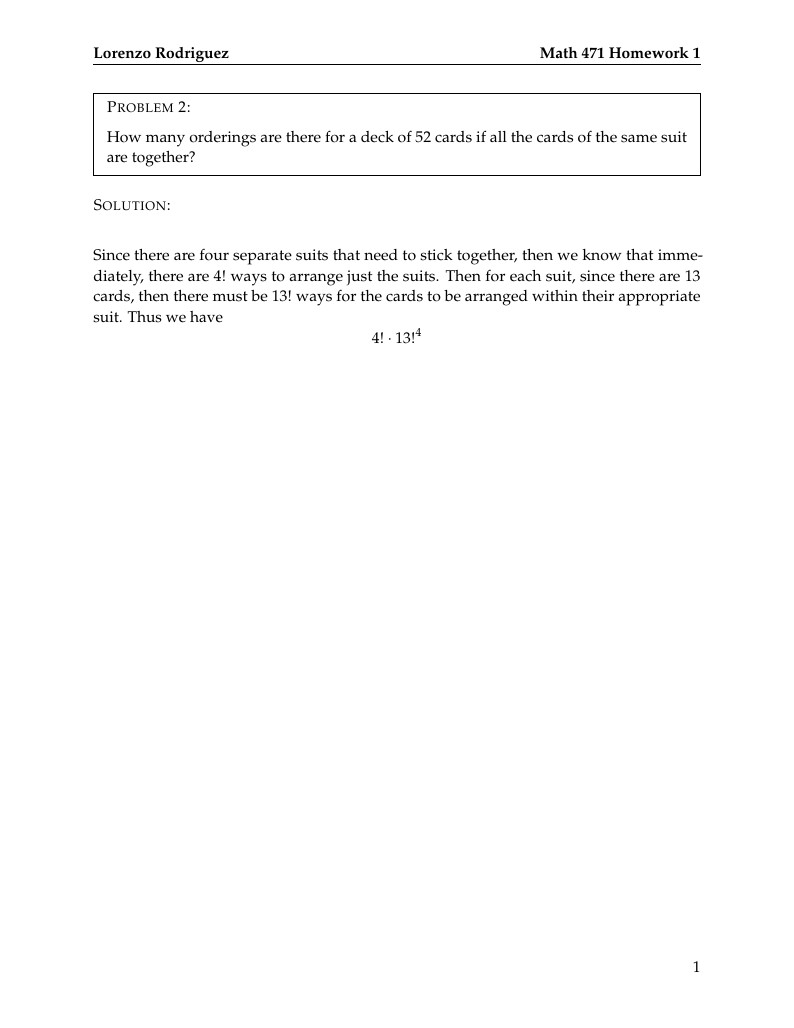
Math 471 Homework 1
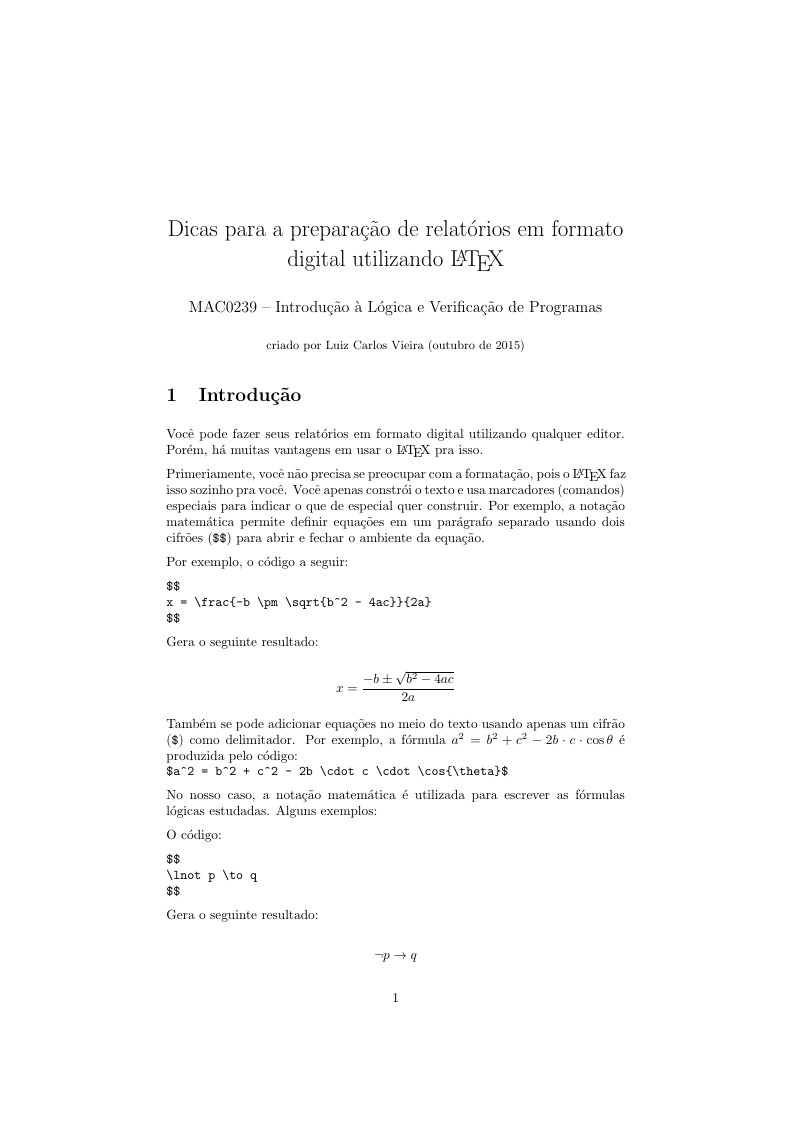
Dicas para a preparação de listas de exercícios da disciplina MAC0239 (Introdução à Lógica e Verificação de Programas) no IME-USP. Tips for preparing exercises for MAC0239 (Introduction to Logic and Program Verification) at IME-USP.
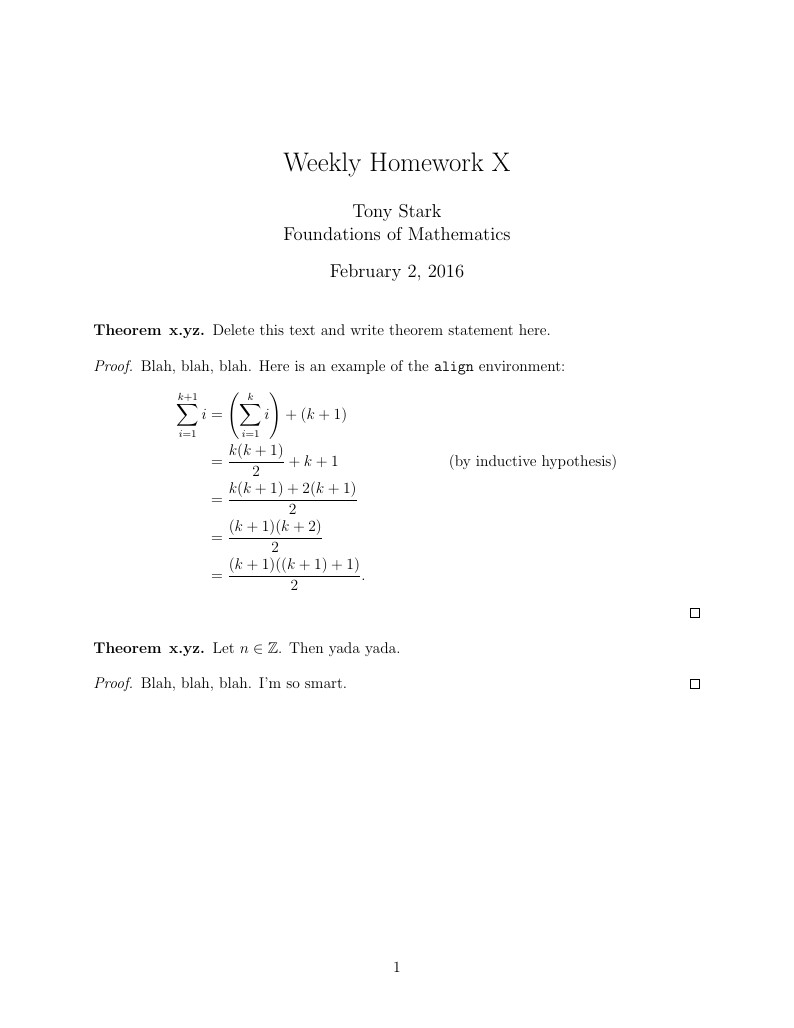
This is the homework my students use for typing up their weekly homework in LaTeX.
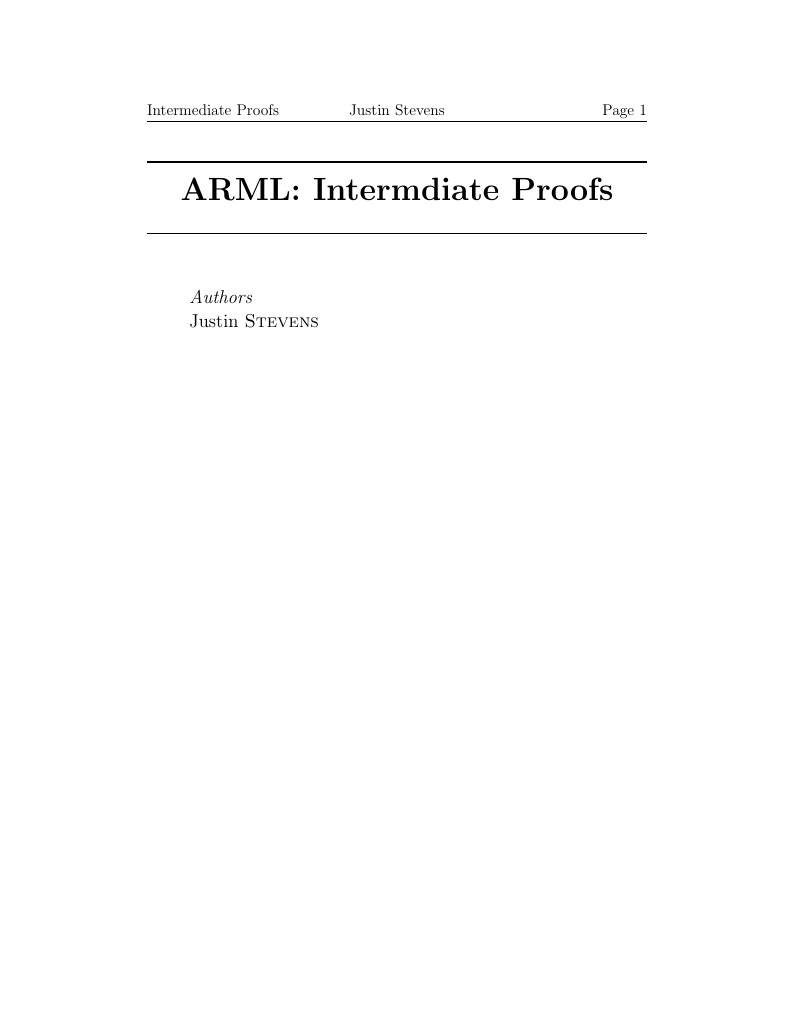
A lecture on intermediate proofs that I taught at ARML.
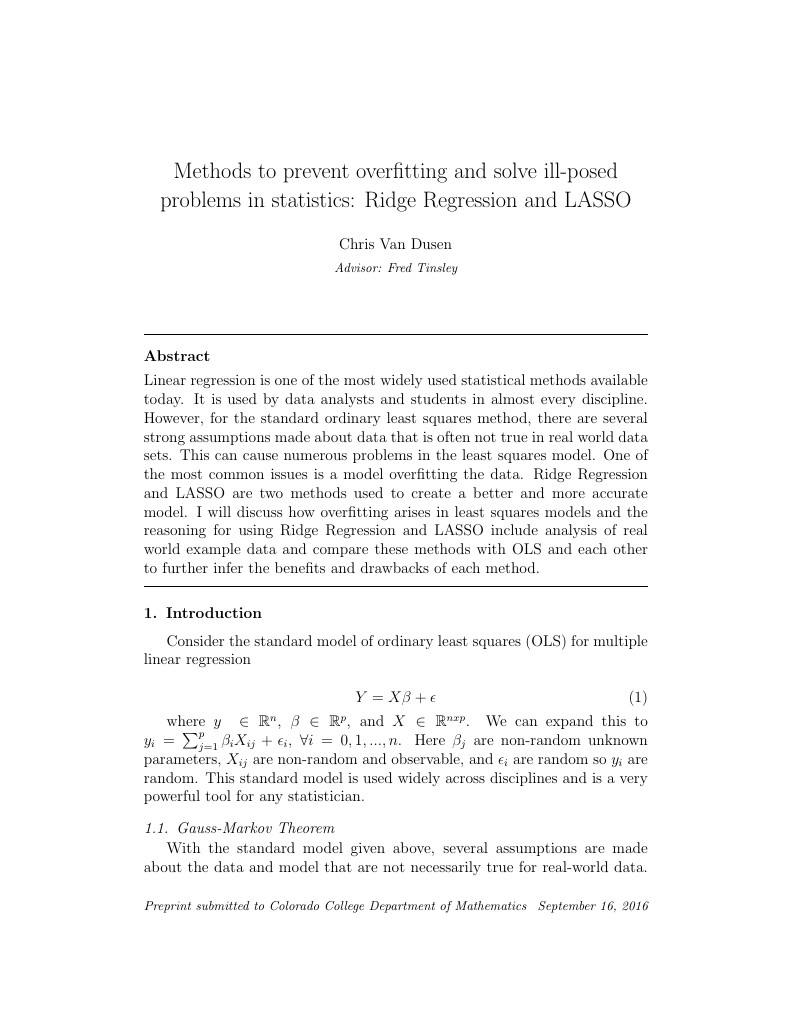
Linear regression is one of the most widely used statistical methods available today. It is used by data analysts and students in almost every discipline. However, for the standard ordinary least squares method, there are several strong assumptions made about data that is often not true in real world data sets. This can cause numerous problems in the least squares model. One of the most common issues is a model overfitting the data. Ridge Regression and LASSO are two methods used to create a better and more accurate model. I will discuss how overfitting arises in least squares models and the reasoning for using Ridge Regression and LASSO include analysis of real world example data and compare these methods with OLS and each other to further infer the benefits and drawbacks of each method.
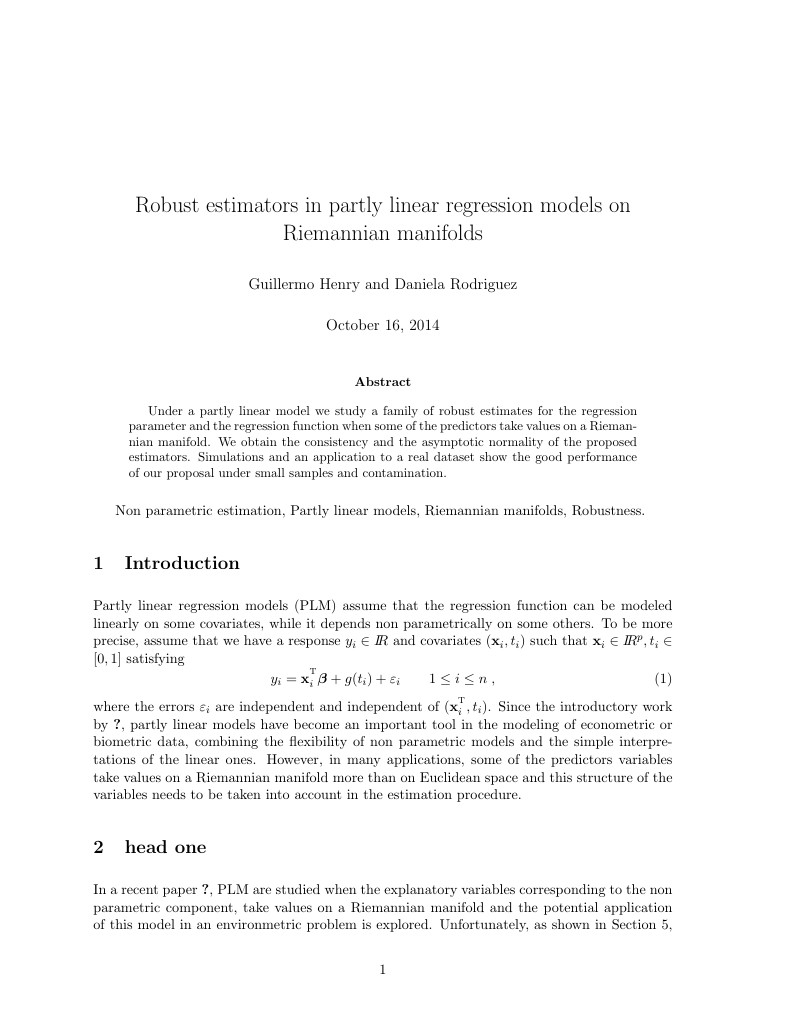
Under a partly linear model we study a family of robust estimates for the regression parameter and the regression function when some of the predictors take values on a Riemannian manifold. We obtain the consistency and the asymptotic normality of the proposed estimators. Simulations and an application to a real dataset show the good performance of our proposal under small samples and contamination.
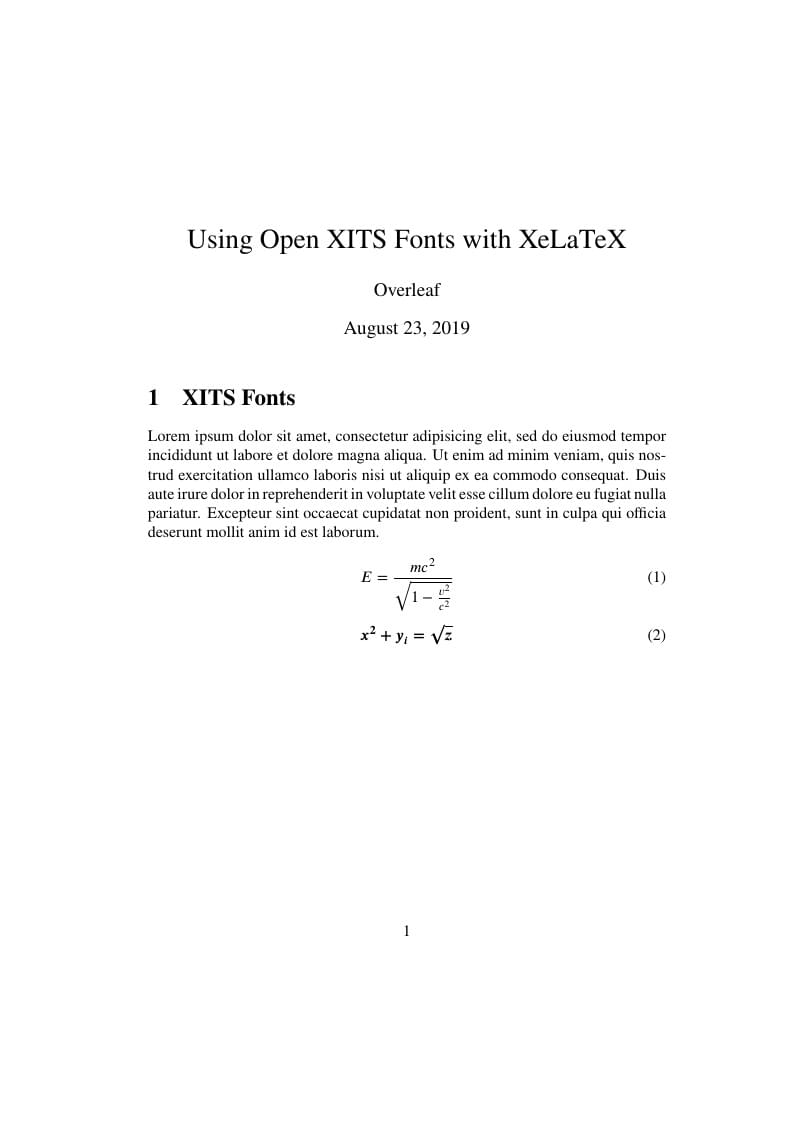
The XITS fonts provide a Times-like serif typeface for mathematical and scientific publishing. They provide a version of the STIX fonts enriched with the OpenType MATH extension, making them suitable for high quality mathematical typesetting with XeTeX and LuaTeX. XITS fonts are free and open source.
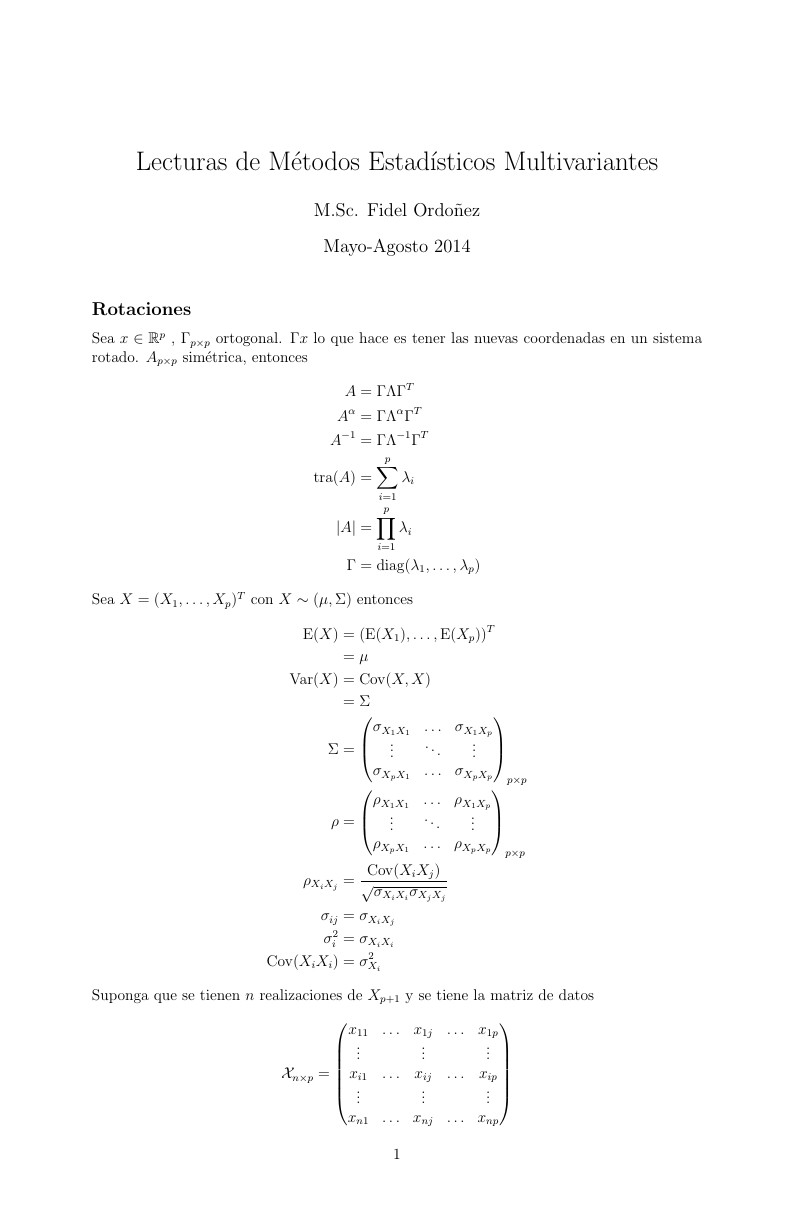
Lecturas tomadas de la clase de M.Sc. Fidel Ordoñez, Carrera de Matemática UNAH, 2014